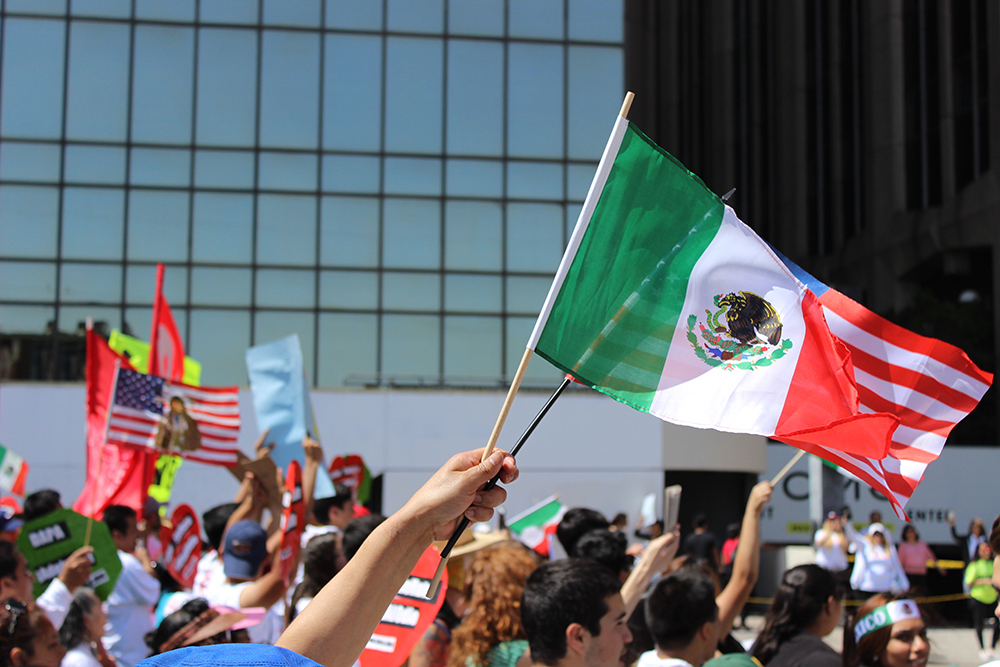People of all ages and walks of life marched through the streets of Los Angeles last Sunday on May 1, 2016 in celebration of International Worker’s Day, commonly known as May Day. The procession was a beautiful expression of solidarity with the workers of the world. To celebrate and dance through streets of a bustling and vibrant city with others recognizes past labor struggles and resists against new ones that continue to assail the working class.
May day history
While May Day is seen by the majority of the States as a seminal holiday in places such as Havana and Cairo — the capitals of the “third world” — its historical origins can be traced back to the United States. It is a holiday embraced first by socialists, anarchists and those who desired a more equal society. May Day is truly an American holiday since its first celebration in Chicago in 1886 when over 340,000 workers nationwide engaged in strikes and protests for the eight-hour work day. Three days later, the Haymarket massacre occurred and led to the execution of four of the movement’s leaders.
The fight in the past called for an end to child labor and espoused safer working conditions. It was a long and painful struggle in which blood was spilt by the railroad workers, ship builders, iron smelters and their cohorts who risked their lives and those of their families for a more egalitarian society. While the fight for fairer working rights and conditions continue, it is important for all Americans to recognize the lives they live would not be possible if not for the sacrifices of the past.
Demonstrators shouted “Si, se puede!” and held colorful signs and banners as they marched from 11th and Figueroa to Aliso and Los Angeles streets. Demonstrators I met included a UCLA student whose backpack was ordained with the Anarcho-Syndicalist flag and an elderly veteran of the Korean war.
For the most part, workers do not have to worry about dangerous working conditions like the 145 young women who burned to death in the infamous Triangle Shirtwaist Factory fire of 1911. Nor do workers have to resist against state violence such as the tragic Ludlow Massacre of 1914 when the Colorado National Guard and Colorado Fuel & Iron Company attacked a tent colony of 1,200 striking coal miners. The attack resulted in the death of two dozen people including the miners’ wives and children.
Recognizing immigrant rights
Today the fight consists of recognizing immigrant rights and acknowledging the recent crackdown on undocumented workers by the Obama administration. Many of these workers from countries like Mexico and Guatemala left their homes and their friends and families behind in search for a better future. Two million Mexican farmers were affected by NAFTA when heavily subsidized crops from the U.S. flooded the market. Those from the latter country escaped the violence and repression whose roots can be traced back to an American intervention that resulted in 30 years of dictatorship. It is a fight against neoliberalism and unfettered Capitalism.
The workers of today emulate past resistance against corporate exploitation — struggles that reverberate through the echo chamber of history. As Christians, we are not only called to mirror the actions of the good Samaritan but to, as Dr. Martin Luther King Jr. once said, “Come to see that the whole Jericho Road must be transformed so that men and women will not be constantly beaten and robbed as they make their journey on life’s highway.”







